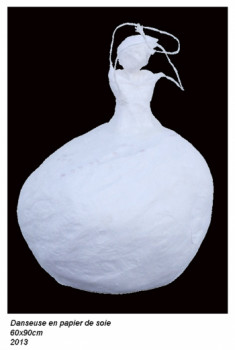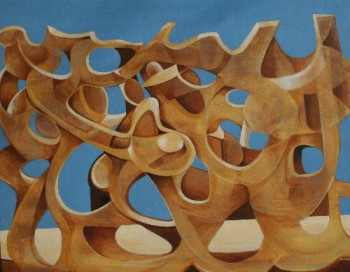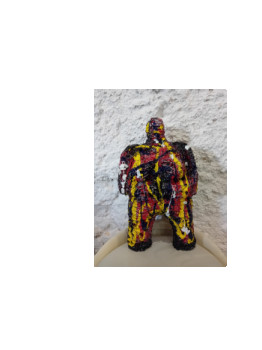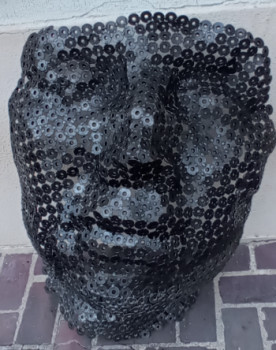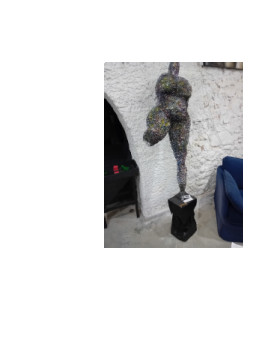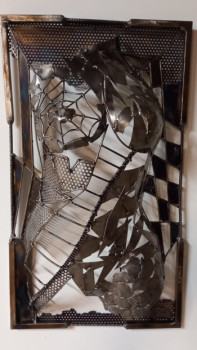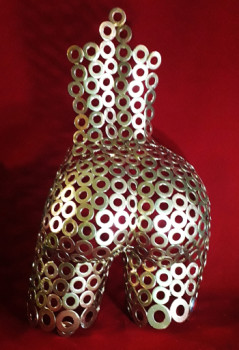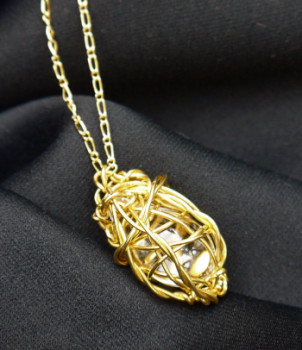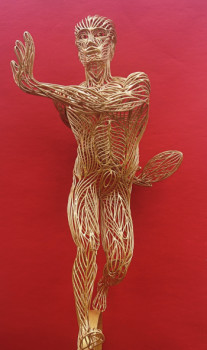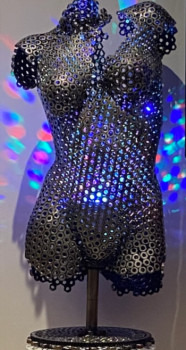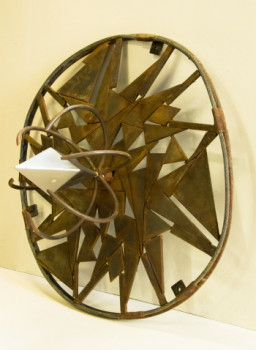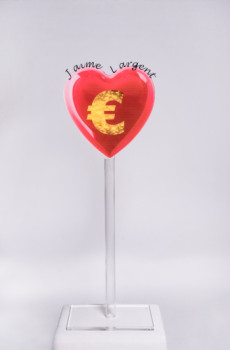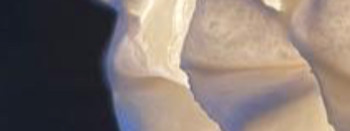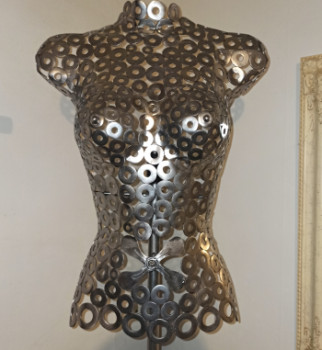
Plensa, artistic talent put at the service of humanism
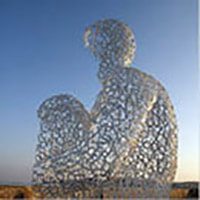
Jaume Plensa has earned his place within the contemporary artists of genius. His sculptures are currently visible in various large European cities. His art is also exported to the rest of the world. Here you go! why it is likely that many people have already seen, or perhaps even touched, one of his creations. This is also why we recognizes a creator with a powerful impact on his or her time.
Birth of a free spirit and a traveling soul
The artist sculptor Jaume Plensa arrives in our world, during the year 1955. His first cries resound in a house modest, located at Barcelona. If Spain remains its cradle, the country where; he has solid roots, Jaume Plensa can easily be compared to a migratory bird. His desire to discover the world appeared very early. Long before his works, he took flight and traveled. At a very young age, he went to Europe, notably to Germany and Belgium, where he lived. he will spend several years, at home. live and work. His journey then guides him towards England. In this country, so far from its Spanish sun, it evolves within:
- the Henry Moore Foundation,
- the Calder workshop.
Small little, he became familiar with various techniques. These experiments allowed him to find a style in which he felt comfortable. comfortable and this is how his first works were born works. These are initially recognizable by their size. Gigantism is intrinsically part of the work of the sculptor. Simple shapes, mainly made of cast iron, made it known to the general public from the beginning of the 1980s.
Recycled metal
As is the case for many artist sculptors, the career of Jaume Plensa is broken down by periods. Between 1980 and 1986, he focused on metal. These sculptures are then made of wrought iron. The most accomplished and complex of them are completed by different recovered materials. During this period, the artist sculptor remained "in the nails". His creations are excellent, although traditional, without taking any risks.
After 1986, a metamorphosis took place in Plensa's unconscious. His work no longer satisfies him, he must find a new approach. He then takes a step forward, embarking on a difficult quest, seeking stronger inspiration. In order not to lose the sacred flame, he must find a way to offer more depth to his life. all his sculptures. It is by working around light that he finally manages to achieve this. satisfactory answers.
The disproportionate sculptures of Jaume Plensa develop throughout the world. from that moment on. He renounces wrought iron, copper, as well as stone and adopts different materials:
- resin,
- light,
- glass,
- digital imaging,
- the sound,
- water.
An artist solicited; from all sides
For the sculptor: "Sculpture ignores fiction. It is not a matter of materials, but of ;emotion. It is not a matter of volume or space, but of time". So it takes time. Its goal is not to deliver hundreds of sculptures, but accomplished, moving and complex creations. He truly achieved this goal. Regularly, many cities, European or more distant, request him and order more and more of his emblematic giant faces. Its fountains also met with immense success, the image of the Crown Fountain at agrave; Chicago. This achievement allows him to see his work rewarded. officially. Jaume Plensa obtains, for this fountain, a Winner Bombay Sapphire Prize which is awarded to him. in the city of London. Later, it's up to Hamburg that the artist sculptor will shine brilliantly, by designing, on behalf of the Opera Bastille, his famous composition entitled "Mozart's Magic Flute".
Meet at the museum
Several times during his career as a sculptor, Jaume Plensa received the honor of integrating renowned exhibitions, among the greatest museums. His works are, for example, exhibited:
- at the Jeu de Paume Museum, in the heart of the French capital, in 1997,
- the Institute of Modern Art at Valencia,
- at MAMAC at Nice in 2007,
- Tokyo.
Recognize a sculpture by Jaume Plensa
Each artist, whether sculptor, painter or author, filmmaker or engraver, photographer or composer, has a brand, a style, a unique signature. Jaume Plensa is no exception. His sculptures are composed of modern and original materials. Glass sometimes gives way to marble or marble. paraffin.
The main theme, addressed by in the works of the artist, remains the human. The human, Jaume Plensa wants to explore it in its purest, most personal essence, and thus put to the fore; naked, expose it to everyone's eyes. This passionate of letters uses language to support and enhance the messages he wishes to convey.
The titanic size of his sculptures is an assumed choice. In this way, the artist sculptor wants to attract the eye and touch the heart of the lover of art as much as the ordinary passer-by. His work fascinates and surprises. Often, it is possible to evolve within these huge structures, in order to better immerse yourself in them. Jaume Plensa deliberately does not gender his characters who are only benevolent and comforting silhouettes. His creations do not expose any notion of color, belief or any other criteria frequently encountered. the origin of exclusions or differences. Its language is intended to be universal.
In addition to this ability; to speak to the hearts of people, the artist pursues another goal. When he talks about his work and his creations, he does so in these terms: "my sculptures aim to connect the vibrations of humans to their environment".
An artist at the top of his art
Even today, the giant sculptures of Jaume Plensa are highly sought after. As if to confirm this evidence, in 2017, it was in Canada that the artist responded. Montreal receives a new sculpture by Jaume. The latter watches over the entrance to the city, from a height of ten meters. It bears the sweet name of "Source".
Découvrez quelques oeuvres inspirées de Plensa
